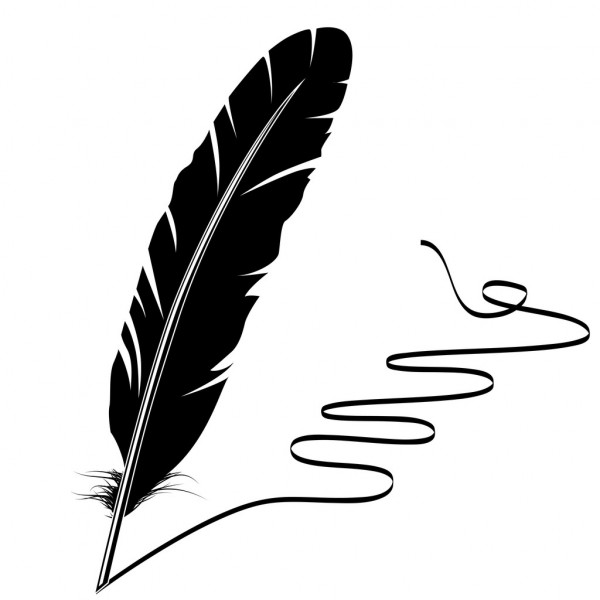For The Eve of St Agnes – John Keats at his very best

This is just a quick post, as today is St. Agnes’ Eve—Ah, bitter chill it was
The owl, for all his feathers, was a-cold; The hare limp’d trembling through the frozen grass, And silent was the flock in woolly fold:
That, of course, was not me. The words are by John Keats, the poet who has inspired me and saved me in equal measure. The Eve of St Agnes was written approximately 200 years ago, so this is its bicentenary, and just over two years later the author would be dead, aged just 25.
There are stanzas in the poem that are filled with, I think, the most beautiful lines ever written. Today, on St Agnes’ Eve (when, if you are a virgin, and really keen, you can eschew the delights of Tinder, go to bed early without eating and lie, looking only ‘heavenwards’, to encourage a vision of the man of your dreams) I just wanted to encourage you to read aloud the following (stanzas 23 and 24), and let the sensuous imagery roll around your mouth and off your tongue…
Out went the taper as she hurried in;
Its little smoke, in pallid moonshine, died:
She clos’d the door, she panted, all akin
To spirits of the air, and visions wide:
No uttered syllable, or, woe betide!
But to her heart, her heart was voluble,
Paining with eloquence her balmy side;
As though a tongueless nightingale should swell
Her throat in vain, and die, heart-stifled, in her dell.
A casement high and triple-arch’d there was,
All garlanded with carven imag’ries
Of fruits, and flowers, and bunches of knot-grass,
And diamonded with panes of quaint device,
Innumerable of stains and splendid dyes,
As are the tiger-moth’s deep-damask’d wings;
And in the midst, ‘mong thousand heraldries,
And twilight saints, and dim emblazonings,
A shielded scutcheon blush’d with blood of queens and kings.
Read the whole poem HERE. John Keats was a courageous and strong young man, a genius, his life cut short by tuberculosis. For the next two years, until the bicentenary of his death in 2021 (when my own book about the great man comes out) the Keats 200 project will be marking the anniversaries of his best-known work, most of the poems written in 1819. Do take a look and find out more – Keats’s letters and poetry will inspire and warm your soul.
(The painting is by pre-raphaelite William Holman Hunt, for whom Keats was the perfect subject – full of luscious colours)
And they are gone: ay, ages long ago/ These lovers fled away into the storm.

Recent Comments